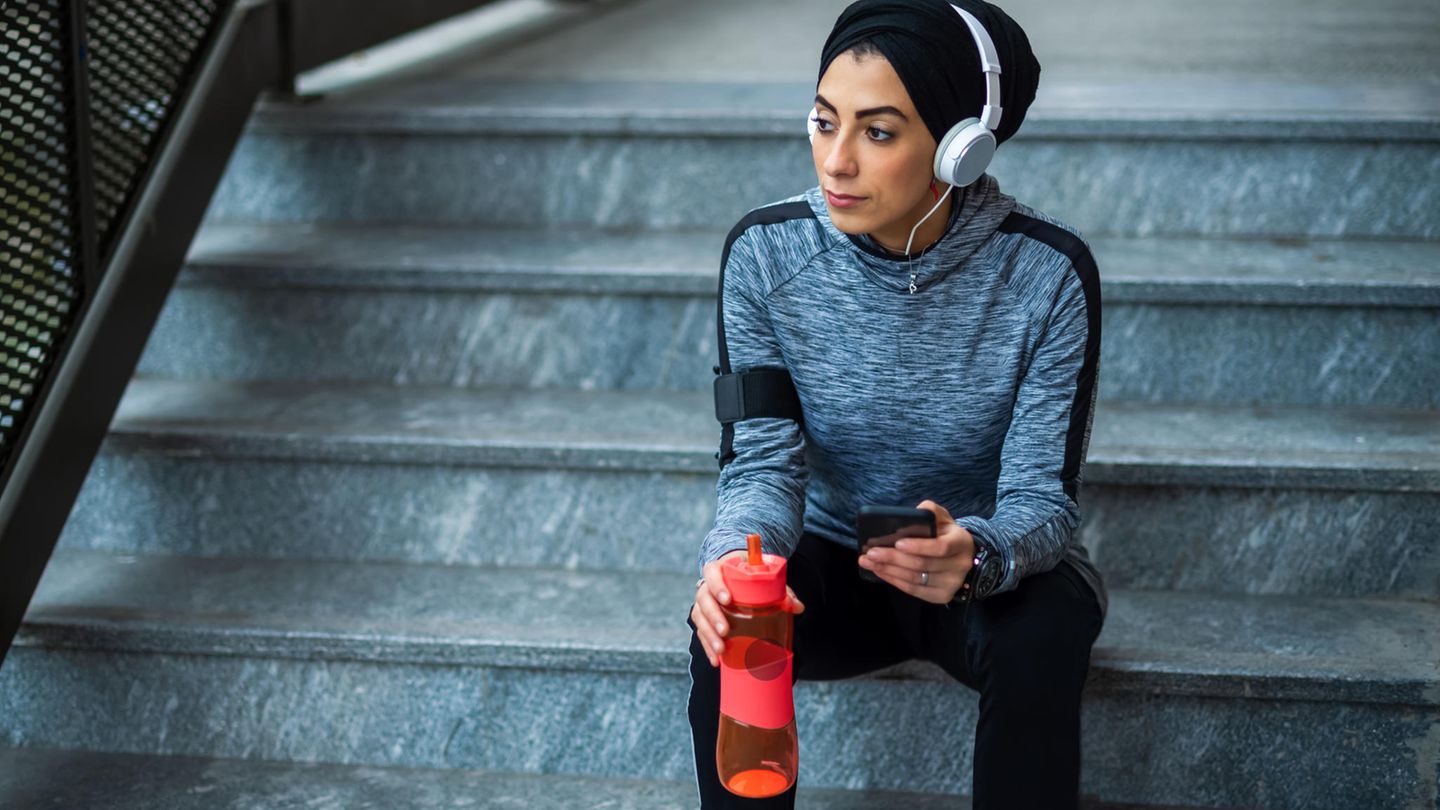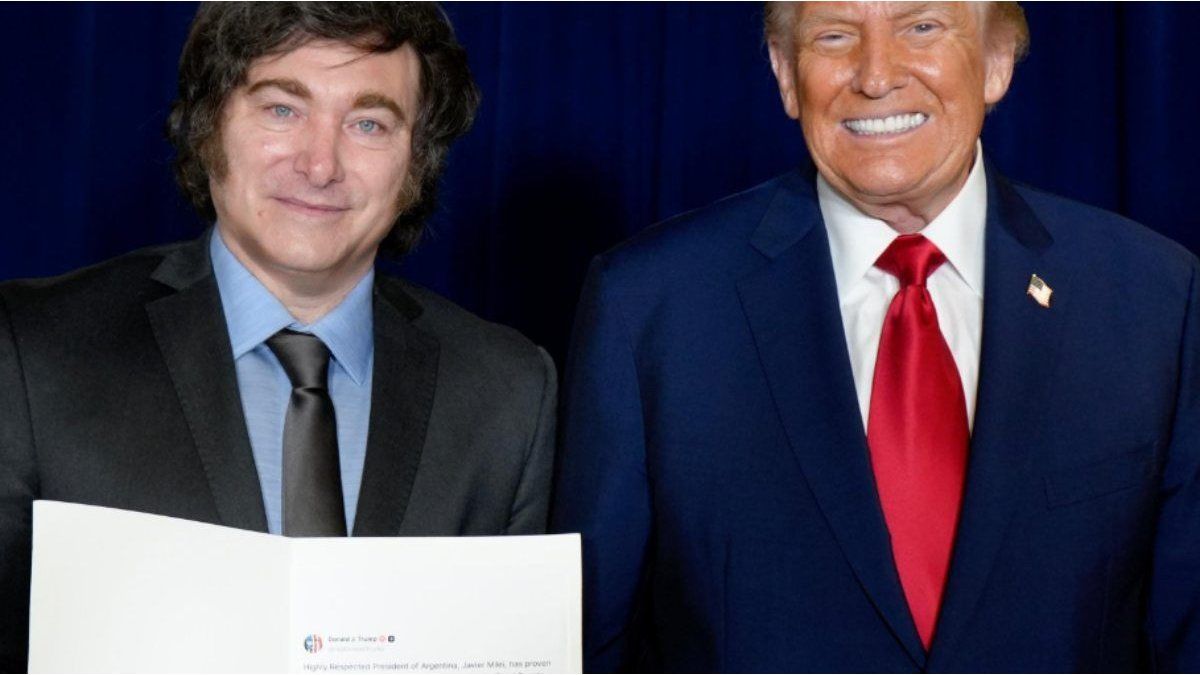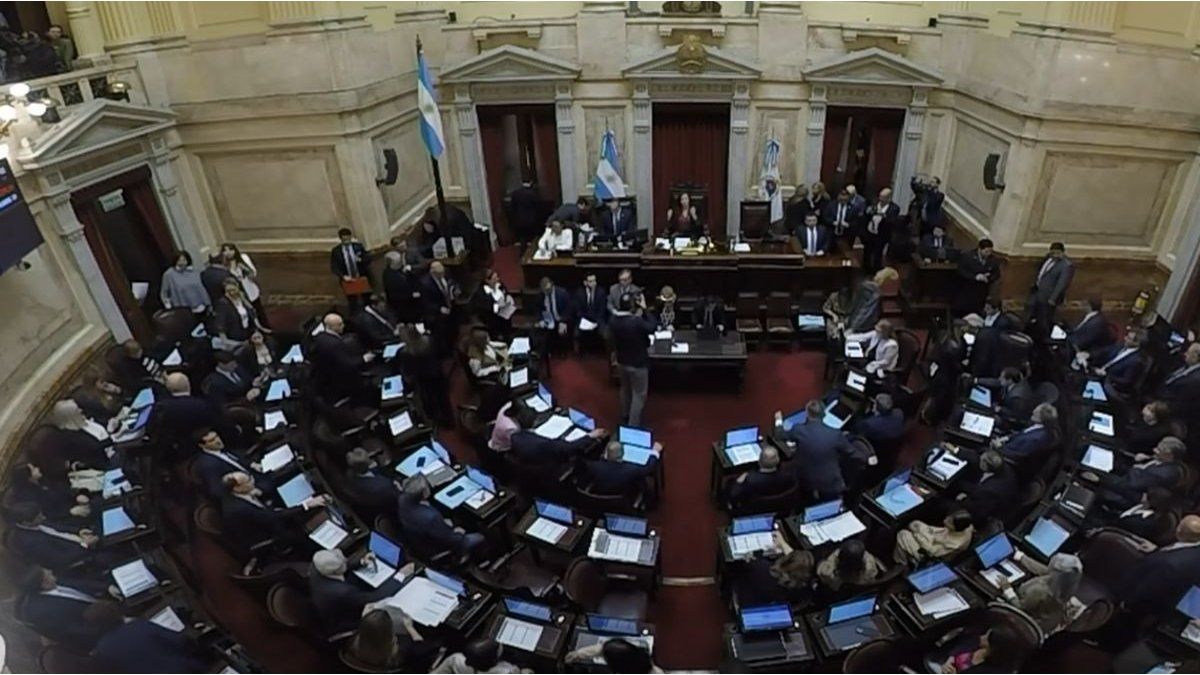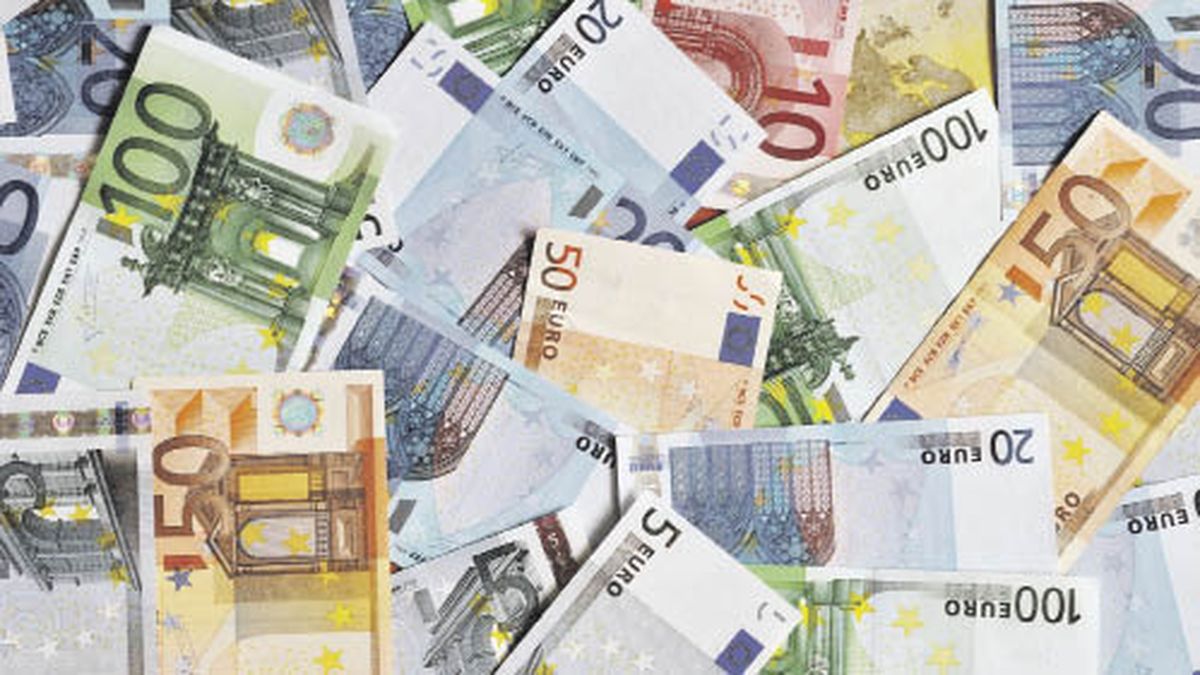Normal functional clothing is usually made from synthetic fibers and chemicals are added to make it windproof or water-repellent. This makes it particularly practical for outdoor activities – but this (usually) has nothing to do with sustainable sports fashion.
Breathable clothing is a must-have for many athletes, as it wicks sweat away from the body and ideally keeps it warm. On cold or rainy days, it protects its wearer from cooling down. What many do not know, however, is that the more functions sports fashion has, the higher the probability that it has been mixed with chemicals and not produced in an environmentally friendly way. But what exactly is sustainable clothing? And how can laypersons tell whether sportswear has been produced fairly?
Explanation: This is what distinguishes sustainable sports fashion
First things first: When it comes to sustainability, it’s not about what materials the sports fashion was made of, but under what circumstances. In other words, was the clothing made in an environmentally friendly and fair way? In addition to the production method, three factors play an important role:
- species-appropriate animal husbandry (if leather has been processed)
- fair pay and treatment of employees
- the use of raw materials from sustainable cultivation
In order to make ordinary functional clothing more resistant to wind and weather, it is usually treated with chemicals: depending on the manufacturer, substances that are harmful to health (dye or bleach) are sometimes used, which can lead to skin irritation. Sustainable sports fashion, on the other hand, is produced in an environmentally friendly way, regardless of whether it is made of artificial or natural fibers (such as silk or organic cotton). Merino wool, for example, is a popular material for sportswear, warming the body when it’s cold and cooling it when it’s warm. And completely without chemical additives.
Eco-seal: How to recognize sustainable sports fashion
There are various eco-seals, which differ from each other as follows:
|
seal |
background |
|
Global Organic Textile Standard |
|
|
Fair Wear Foundation |
|
|
Bluesign Product |
|
|
Oeko-Tex Standard 100 |
|
|
Oeko-Tex Made in Green |
|
Sustainable sports fashion: a comparison of six brands
If you are interested in sportswear that has been produced sustainably, these six brands are recommended:
” vendor-id=”5e77acddd8d48d795087425b” vendor-name=”Tracdelight”>
1. Vaude
“Green Shape” is the label for sustainable sports fashion from the Vaude brand, which is based in Tettnang on Lake Constance: It stands for sustainable materials, resource-saving manufacturing and fair production. In addition, 80 percent of the manufacturer’s sports and outdoor clothing has a Bluesign certificate. It is particularly exciting that many products are made from recycled PET bottles, old clothes or old fishing nets.
” vendor-id=”5e77acddd8d48d795087425b” vendor-name=”Tracdelight”>
2. Spoonbill
Cycling, running, outdoor and winter sports: The Löffler company from Austria is also a well-known manufacturer of functional sportswear. In terms of sustainability, the company says that most of the textiles come from its own knitting mill. In addition, all yarns, fabrics, zips and fabric finishes that are purchased are to be awarded the “Oeko-Tex Standard 100” seal – and are therefore low in pollutants.
” vendor-id=”5e77acddd8d48d795087425b” vendor-name=”Tracdelight”>
3. Patagonia
Sustainable sports and outdoor clothing is also available from Patagonia. The manufacturer also relies on sustainable materials (e.g. hemp, organic cotton, recycled polyester or nylon) and chemical-free processing of tops and T-shirts, long sleeves and functional underwear or leggings. In addition, many products are Bluesign-certified – and the brand supports various environmental organizations.
” vendor-id=”5e77acddd8d48d795087425b” vendor-name=”Tracdelight”>
4. Mammoth
This manufacturer received the “Best Practice Award” from the Fair Wear Foundation in 2013, which works to improve working conditions in the clothing and textile industry. The high-priced brand primarily manufactures products for mountain, climbing, outdoor and snow sports. The range now includes more than 35,000 items – including, of course, sustainable sportswear for hiking and trekking. Tips for the right hiking outfit can be found here.
” vendor-id=”5e77acddd8d48d795087425b” vendor-name=”Tracdelight”>
5. Mandalas
In contrast to the first three labels, the Bavarian company Mandala focuses on sustainable yoga clothing (such as leggings and sports bras), which – according to their own statements – are manufactured under fair working conditions. It is made from organic cotton, tencel, modal, organic polyamide and polyester that has been recycled. The company’s own textile factories are located in Turkey and in Shanghai.
6. Trigema
Last but not least in this list: the Swabian label Trigema, whose sustainable sports fashion and leisurewear for women, men and children is produced in Germany and also bears the “Oeko-Tex Standard 100” seal. A large part of the collection is made of synthetic fibers – except for the Trigema Change line: According to Trigema, organic cotton is used here.
Sources: ,
This article contains so-called affiliate links. Further information are available here.
Source: Stern
I am a 24-year-old writer and journalist who has been working in the news industry for the past two years. I write primarily about market news, so if you’re looking for insights into what’s going on in the stock market or economic indicators, you’ve come to the right place. I also dabble in writing articles on lifestyle trends and pop culture news.




